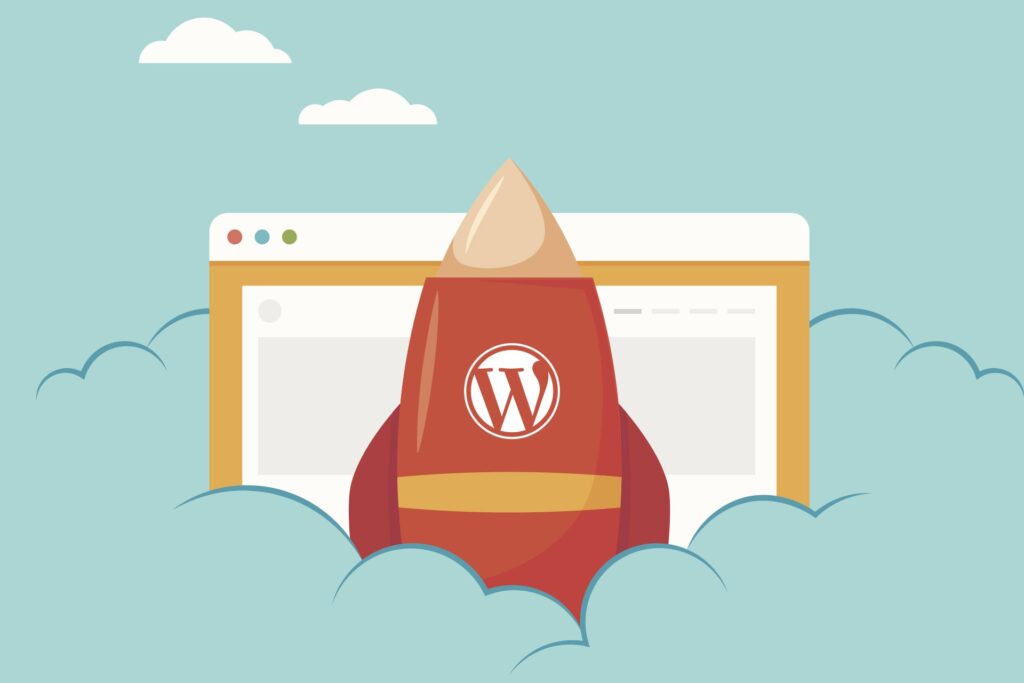A slow website can frustrate users and impact your search engine rankings. Speeding up your WordPress website is crucial for both user experience and SEO. Here are effective strategies to optimise your site for better performance.
1. Choose a Reliable Hosting Provider
Opt for a reputable hosting service known for fast and reliable performance. Consider options like managed WordPress hosting, which offers optimised servers and built-in caching.
2. Use a Lightweight Theme
A theme packed with features might look appealing but can slow down your website. Choose a lightweight, performance-optimised theme. Minimalist designs often load faster and provide a smoother user experience.
3. Implement Caching
Caching significantly reduces the time it takes for your website to load. Use caching plugins like W3 Total Cache or WP Super Cache to store a static version of your site, reducing the server load and improving speed.
4. Optimise Images
Large images can dramatically slow down your website. Always compress images before uploading them to your site. Plugins like Smush or ShortPixel can automatically optimise images without compromising quality.
5. Minimise HTTP Requests
Each element on your webpage, such as images, scripts, and stylesheets, requires an HTTP request. Minimising these requests can speed up your site. Combine CSS and JavaScript files, and use tools like GTmetrix to identify unnecessary requests.
6. Use a Content Delivery Network (CDN)
A CDN distributes your site’s content across various global servers, ensuring faster load times regardless of the user’s location. Services like Cloudflare or MaxCDN can help you achieve this.
7. Enable Gzip Compression
Gzip compression reduces the size of your files, making them quicker to load. You can enable Gzip through your hosting provider or use a plugin like WP Rocket.
8. Clean Up Your Database
Over time, your database accumulates unnecessary data, slowing down your site. Regularly clean your database using plugins like WP-Optimize to remove revisions, spam comments, and transient options.
9. Minify CSS, JavaScript, and HTML
Minification removes unnecessary characters from your code, reducing file size and improving speed. Plugins like Autoptimize can automatically minify your CSS, JavaScript, and HTML files.
10. Disable Unnecessary Plugins
Too many plugins can slow down your website. Regularly audit your plugins and deactivate or delete those that are not essential. Choose lightweight alternatives for necessary functionalities.
11. Use Lazy Loading
Lazy loading delays the loading of non-critical images and videos until they are needed. This can significantly improve initial load times. Plugins like Lazy Load by WP Rocket can help you implement this feature.
12. Monitor Your Website’s Performance
Regularly monitor your website’s speed using tools like Google PageSpeed Insights, Pingdom, or GTmetrix. These tools provide insights and recommendations to further improve your site’s performance.
Final Verdict
Improving the speed of your WordPress website involves a combination of good practices and the right tools. By following these strategies, you can enhance user experience, boost your SEO rankings, and ensure your site runs efficiently. Regular maintenance and performance checks are essential to keep your website running smoothly. Implement these tips and watch your WordPress site transform into a faster, more efficient platform.
